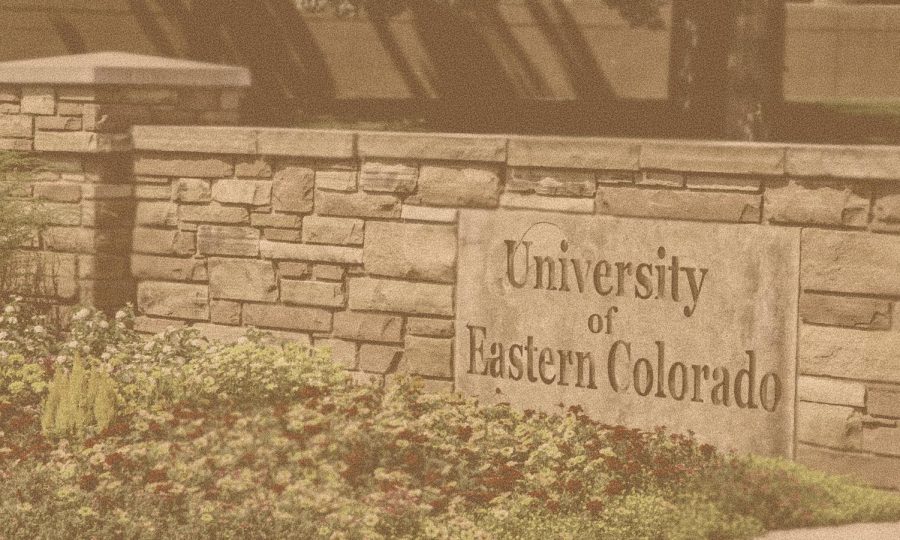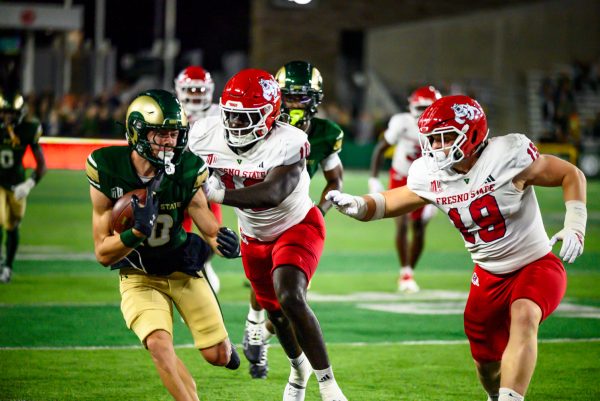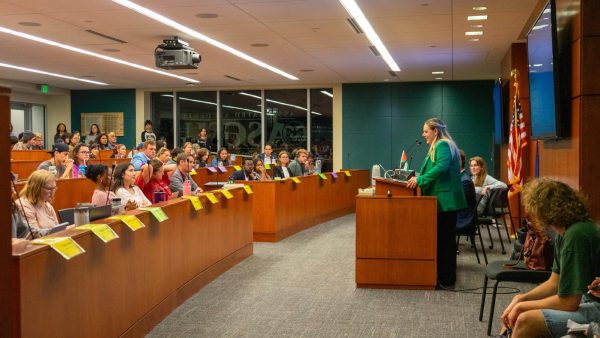April Fools: ‘The Last of Us’ shows CSU history, inspiring new fungi studies
April 1, 2023
Editor’s Note: This is a satire for April Fools’ Day. Real names and the events surrounding them may be used in fictitious/semi-fictitious ways. Those who do not read the editor’s notes are subject to being offended. April Fools’ Day articles are a long-running tradition at The Collegian and are for entertainment purposes only.
The history of Colorado State University is rich and abundant; however, there may be a piece you are unaware of that the critically acclaimed TV show “The Last of Us” brought to light.
The beloved recent TV show “The Last Of Us” starring Bella Ramsey and Pedro Pascal pays homage to the university and, more importantly, to a point in history that focused on the studies of mycology.
Before CSU was known as Colorado State University, it was Colorado Agricultural College between 1870-1935 with the mascot being the Aggies. But, in the transitional period — 1935-57 — it was known as the University of Eastern Colorado with the mascot being the Big Horns.
Not many people mention this piece of CSU history mostly because the period of this transition only lasted a handful of years.
However, the changes inspired numerous aspects of CSU as we know it today. For example, it is apparent that the initial mascot, the Big Horns, directly influenced the current mascot we know as CAM the Ram.
Looking at the first name of CSU, there was a clear focus on agriculture. While this is still a major concentration in CSU’s curriculum, its transitional period as the University of Eastern Colorado focused on a more specific area of agriculture: mycology.
Mycology was the biggest focus during that period of our history due to the misunderstanding of fungi and the unknown properties they possessed during the early- to mid-1900s.
The study of fungi was at the forefront of the University of Eastern Colorado up until the college was renamed Colorado State University.
Because the University of Eastern Colorado was so involved in the studies of fungi and had plenty of funding, students and faculty studying mycology made significant strides in further understanding fungi as a whole. They not only provided vital fungi information for the university but also for the mycology world as a whole.
Some of these findings include psychoactive properties within a given fungus, regenerative properties and mind-altering effects with the potential to directly control an organism at the fungi’s will.
Unfortunately, due to the quickly evolving nature of the university wanting to expand its studies, the mycology labs were closed down, and the staff working in these labs were laid off as a result of the directional change in CSU’s curriculum.
According to numerous sources who wish to remain anonymous, it is even said a large majority of these rare and potentially evolving fungi reside in a storage unit inside the basement of the Nutrien Agricultural Sciences Building on campus.
Because of the resurgence of CSU’s history prompted by “The Last of Us,” the school is considering reopening these mycology labs and allowing students and staff to experiment with fungi in controlled environments.
If you wish to participate in the study of mycology, you can either be a participant in the consumption of the fungi or simply help faculty maintain and study these fungi. Within the next week, CSU will be releasing a survey to garner participants.
So keep an eye out. You may have an opportunity to participate in mycology history here at CSU.
Reach Catholic Art at life@collegian.com or on Twitter @CSUCollegian.







